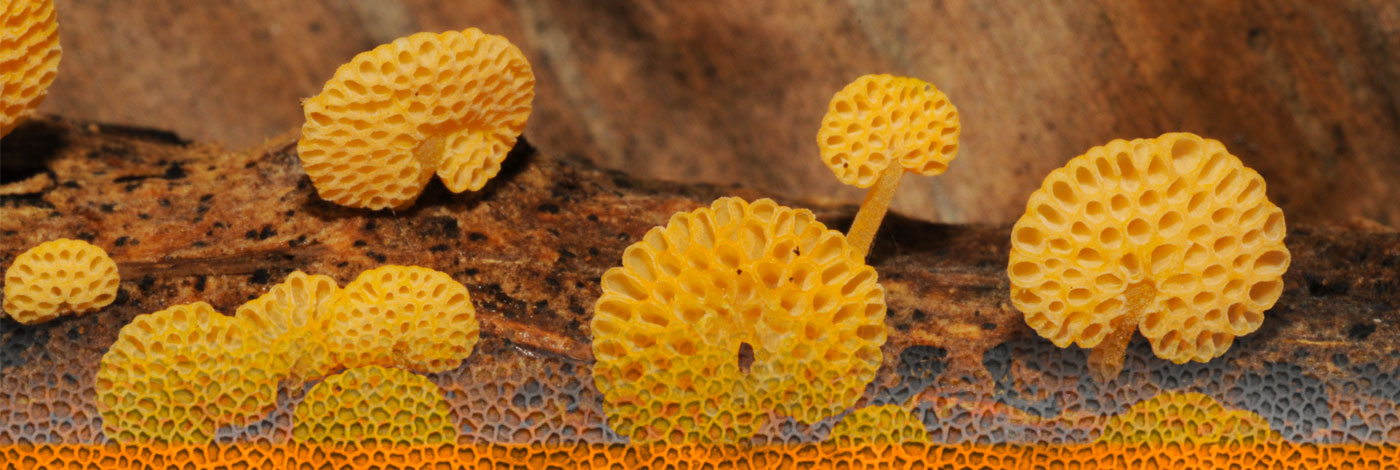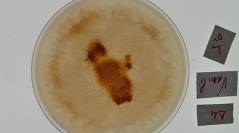

 Cryptogamie, Mycologie
45 (2) - Pages 11-28
Cryptogamie, Mycologie
45 (2) - Pages 11-28Major role of peroxidases in plant biomass degradation is well-established in the white rot basidiomycetes. On the contrary, peroxidases are not used for this purpose by brown rot basidiomycetes, which use instead a non-enzymatic mechanism. In the case of the ascomycetes, not much is known although these fungi have peroxidase genes. Here, we identify and characterize the peroxidase genes of Podospora anserina (Rabenh.) Niessl, an ascomycete used to study development and lignocellulose degradation. We show that this fungus has one class II peroxidase, one hybrid B peroxidase, one haloperoxidase, four functional aromatic peroxygenases, one glutathione peroxidase, one cytochrome C peroxidase and one alkyl peroxidase, but lacks a dye peroxidase. We show that potentially secreted peroxidases (i.e., the class II, hybrid B, haloperoxidase and aromatic peroxygenase peroxidases) present a patchy phylogenetic distribution compatible with an accessory role in finely adapting the different fungal species to their ecological niche, rather than being involved in fundamental roles in fungal biology. Accordingly, targeted gene deletions of the different P. anserina peroxidase genes identified only one phenotype, seemingly an alteration of the timing of ascospore maturation at intermediate concentration of vanillic acid. However, direct measure of peroxidase activity did not show drastic loss of activity in the tested mutants, suggesting compensation between the enzymes. Hence, in P. anserina, peroxidases appear to have a minor role in biomass degradation, unlike what has been described in white rot fungi, and in this regard P. anserina appears to be similar to brown rot fungi.
Peroxidase, lignin, ascomycetes